Jacky Zhang
Summary
This article describes a 10W LED driver power supply designed with TI's control chip TPS92210. The TPS92210's unique critical mode fixed peak current control function eliminates the need for feedback, resulting in a simple overall design with few components and low cost.
introduction
Recently, in the LED driver power market, non-isolated solutions have become application hotspots due to their smaller magnetic components, higher energy efficiency, fewer component counts, lower total bill of materials costs, and the ability to meet safety regulations with mechanical design. . This article describes a 10W LED driver power supply designed with TI's control chip TPS92210. The TPS92210's unique critical mode is used to fix the peak current control function. The design requires no feedback, resulting in simple design, low component, low cost and high efficiency.
1. Introduction to power supply scheme
This scheme adopts the critical Buck circuit controlled by TPS92210, and sets the TPS92210 to work on the fixed peak current, so that the peak value of the inductor current is fixed. Because the circuit works in the critical mode, the average value of the inductor current is equal to half of the peak current, thus achieving the output constant current. the goal of.
At the same time, this solution does not require additional circuitry, and the TPS92210 itself can provide protection against overcurrent, short circuit, and open circuit. Therefore, the entire program has fewer components and lower costs.
The input uses a valley filling circuit, so that the PF value of the whole machine is always above 0.7.
C8, L2, and C5 form a pi-type filter. The whole machine passed the conduction test.
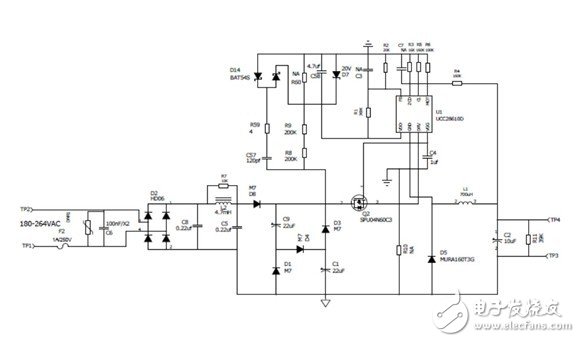
Figure 1: 10W LED Power Solution 
Figure 2: 10W LED power supply physical map
1.1 TPS92210 Critical Mode Settings
The TPS92210 needs to meet three conditions to start a new cycle:
1) The time from the last turn-on needs to be greater than the time controlled by the Ifb current.
2) The time from the last turn-on needs to be 7.5us longer than the maximum frequency of the chip.
3) The Tze foot must have a high to low zero crossing.
Due to the above three conditions, the FB pin is fixed to Vdd through a resistor to set a fixed
The DC offset makes the turn-on of the TPS92210 completely determined by the voltage zero crossing of the Tze pin, which ensures that the converter is always operating in the critical current mode.
1.2 Inductor design
Calculate the inductance according to the input and output requirements. In this scheme, input 176V~264Vac, output 40V, 0.25A. Since the input uses a valley fill circuit, the input voltage range can be calculated as follows:
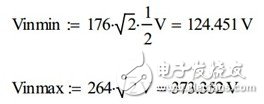
Based on the minimum and maximum input voltages calculated above, the minimum and maximum duty cycles can be calculated:
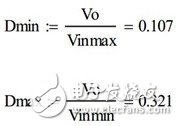
The average output current is 0.25A, the current operates in the critical current mode, and the average current on the inductor is the output current. The peak current and rms current of the inductor can be calculated as:

Because of the critical mode converter, the higher the input voltage, the operating frequency. Considering the volume and efficiency, the maximum operating frequency is set to 100KHz.

Then the inductance can be calculated as follows:

So the inductance is about 700uH.
Based on the calculated inductance, the lowest switching frequency can be verified as:

Based on the calculated maximum duty cycle and the lowest switching frequency, the maximum on-time is:

Tonmax is less than the maximum on-time allowed by the TPS92210 to be 5us. So there is no problem with the inductor design.
Select the core: Assume Bmax=2500G, fill factor: k=0.4 Current density: j=6A/mm^2 The calculated AP value for the core is:

According to the AP value, select RM5 as the inductor core:
The Ae area of ​​the RM5 is as follows, and the number of turns required for the inductor can be calculated:

The inductor needs approximately 67 åŒ.
The AWG30 is selected to wind the inductor based on the previously calculated current RMS value and the set current density j.
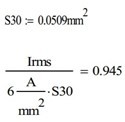
Use 1 strand of AWG30 as the winding.
2, test results
Based on the above analysis and design, the prototype was fabricated and its performance was verified. The experimental results are as follows.
2.1 efficiency test

2.2 PF value

2.3 Current accuracy

2.4 Startup
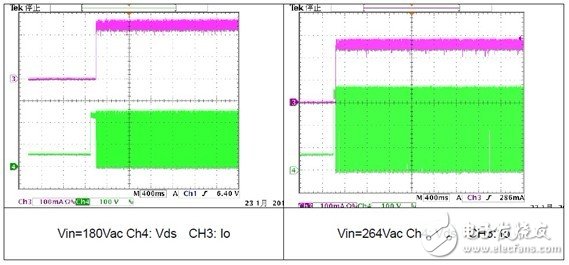
2.5 output ripple

2.6 Short circuit protection

2.7 open circuit protection

2.8 EMC test

3. Conclusion
This paper analyzes and designs a critical mode buck converter controlled by the TPS92210. The feasibility and setting of the TPS92210 critical mode are analyzed. The calculation and design method of the inductor is described in detail. Finally, the prototype was produced to verify the correctness of the analysis and calculation. The feasibility of the TPS92210 for non-isolated constant current LED drive power is guaranteed.
Coupletech Co., Ltd supplies a variety of high quality optical components: optical material, lenses, windows, mirror, prisms, filter, IPL - filter. Optical material is including BK7, Fused silica, quartz, CaF2, MgF2, BaF2, Sapphire, ZnSe, a-BBO, LiNbO3, Calcite, and so on. Lens is including Plano Convex Spherical Lens, Double Convex Spherical Lens, Plano Concave Spherical Lens, Double Concave Spherical Lens, Meniscus Spherical Lens, Ball Lens, Rod Lens, Plano Convex Cylindrical Lens and Plano Concave Cylindrical Lens, Achromatic lens and so on. Windows are optical glass with polished faces that are relatively parallel. They are used to protect laser output. Always windows are AR coated, HR coated or PR coated. Mirrors is including Dielectric laser line mirror, Metal coated mirror, Right angle prism mirror, Output coupler, harmonic separator. Prisms are including Right angle prism, Dove prism, Porro prism, Brewster prism, Roof prism and wedge prism. Filter is inclusing Color glass filter, Interference Bandpass filter, Neutral Density Filter-Absorptive and Neutral Density Filter-Reflective.
Coupletech supplies many kinds of Optical Elements with different materials.


Optical Elements,Optical Lenses,Optical Filters,Optical Windows,Optical Mirrors,Optical prisms,ZnSe windows
Coupletech Co., Ltd. , https://www.coupletech.com
